What is HPMC in construction?
In the field of construction, numerous materials and additives are used to enhance the performance and longevity of structures. Hydroxypropyl Methylcellulose (HPMC) is one such essential additive that offers a myriad of benefits. In this article, we will delve deeper into the role and significance of HPMC in construction projects, discussing its properties, applications, and advantages.
Properties of HPMC:
HPMC is a water-soluble polymer derived from cellulose. It is formed by chemical modification of natural cellulose to create a compound that exhibits unique and desirable properties. HPMC is available in various grades, each defined by specific characteristics such as viscosity, gelation temperature, and moisture content. These properties make HPMC an incredibly versatile additive suitable for a wide range of construction applications.
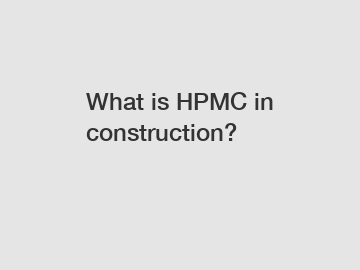
Primary Applications of HPMC in Construction:
1. Cement Based Mortars: HPMC is used extensively in cement-based mortars to improve their workability, adhesion, and durability. It acts as a binder, preventing the segregation of constituents during mixing and reducing the water demand of the mix. HPMC also enhances the cohesion and consistency of mortars, ensuring better workability and reduced shrinkage.
2. Gypsum-based Products: In the construction industry, gypsum-based products such as plasters and joint compounds rely on HPMC for improved workability, water retention, and sag resistance. HPMC enables uniform hydration of gypsum particles, leading to improved setting time and prolonged open time. It also imparts better spreadability and ease of application to gypsum-based products.
3. Tile Adhesives: HPMC acts as a performance-enhancing agent in tile adhesives by enhancing their bonding strength, water retention, and open time. It helps fill voids and gaps between the tiles and the substrate, providing an evenly distributed adhesive layer and preventing tile movement or cracking due to environmental factors or substrate shrinkage.
4. Self-Leveling Floor Compounds: HPMC plays a crucial role in self-leveling floor compounds by providing excellent flow properties and self-leveling characteristics. It enhances the workability and extends the drying time of the mixture, allowing it to level out and form a smooth surface without the need for excessive manual intervention. HPMC also contributes to the overall durability and bond strength of the self-leveling compound.
Additional reading:Is Construction Grade HPMC the Future of Eco-Friendly Building Materials?
Discover the Benefits of Styrene Butadiene Latex for Bitumen
SLEO: What You Need to Know About Special Law Enforcement Officers
Exploring the Benefits of Medical Grade NBR Latex for Health and Safety
The Ultimate Guide to HPMC in Detergent
Understanding the Versatility of HPMC: Applications and Benefits
What is pigment powder and how is it used?
Advantages of HPMC in Construction:
1. Water Retention: HPMC significantly improves the water retention capacity of construction materials, ensuring prolonged hydration and thus enhancing the overall strength and durability of the structure.
2. Workability: The addition of HPMC in construction mixtures improves their workability, enabling easier application, reduced labor requirements, and enhanced surface finish.
3. Increased Durability: HPMC enhances the cohesion and adhesion properties of construction materials, resulting in increased resistance to cracking, shrinkage, and water damage.
4. Reduced Environmental Impact: HPMC is derived from natural cellulose, making it a more sustainable and eco-friendly alternative to other synthetic additives commonly used in construction.
Closing Paragraph:
In conclusion, HPMC is an essential additive in modern construction projects, contributing to increased efficiency, durability, and sustainability. Its versatile properties and multiple applications make it a popular choice among industry professionals. If you have any further questions regarding the use and benefits of HPMC in construction, please feel free to contact us.
Keywords: contact us.
Want more information on styrene acrylate copolymer uses, re dispersible polymer powder, Modified HPMC for Tile Adhesive? Feel free to contact us.
Additional reading:Ethylene Glycol Diacetate: Properties, Applications, and Safety Considerations
The Versatility and Convenience of Spray Adhesive: A Sticky Solution for Various Applications
Hydroxyethyl Methyl Cellulose: A Versatile Polymer with Wide-ranging Applications
Sulfonyl Halides: Versatile Compounds in Organic Chemistry
1-Chlorooctane: A Prominent Alkyl Halide in Organic Synthesis
Choosing the Right Refrigerant Gas: Factors to Consider
Can Water Resistant White Powder MHEC Revolutionize Construction Materials?
187
0
0
Related Articles
-
248
0
0
-
290
0
0
-
299
0
0
-
271
0
0
-
244
0
0
-
261
0
0
-
277
0
0
-
280
0
0



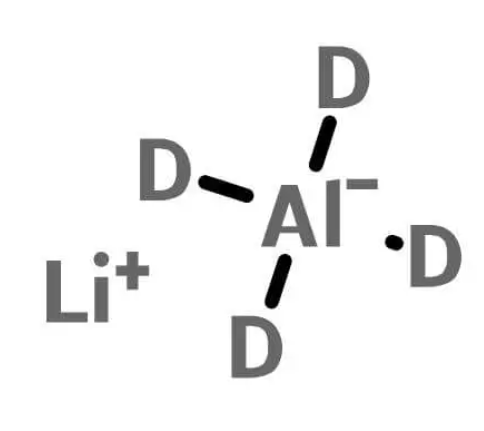
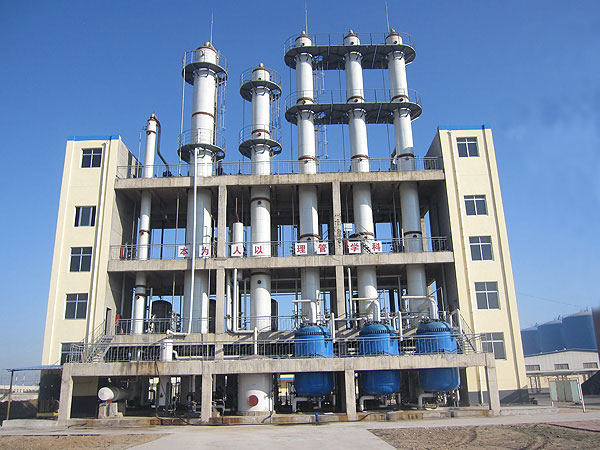
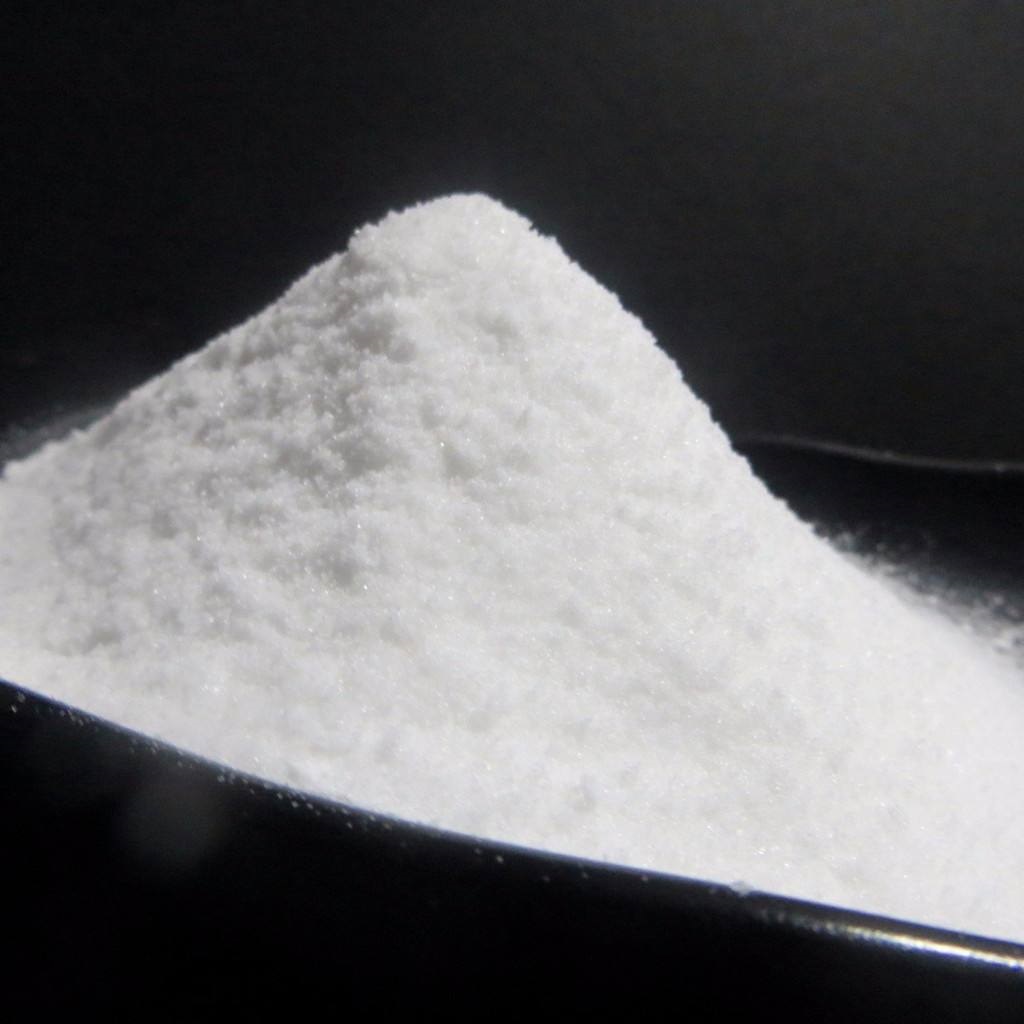

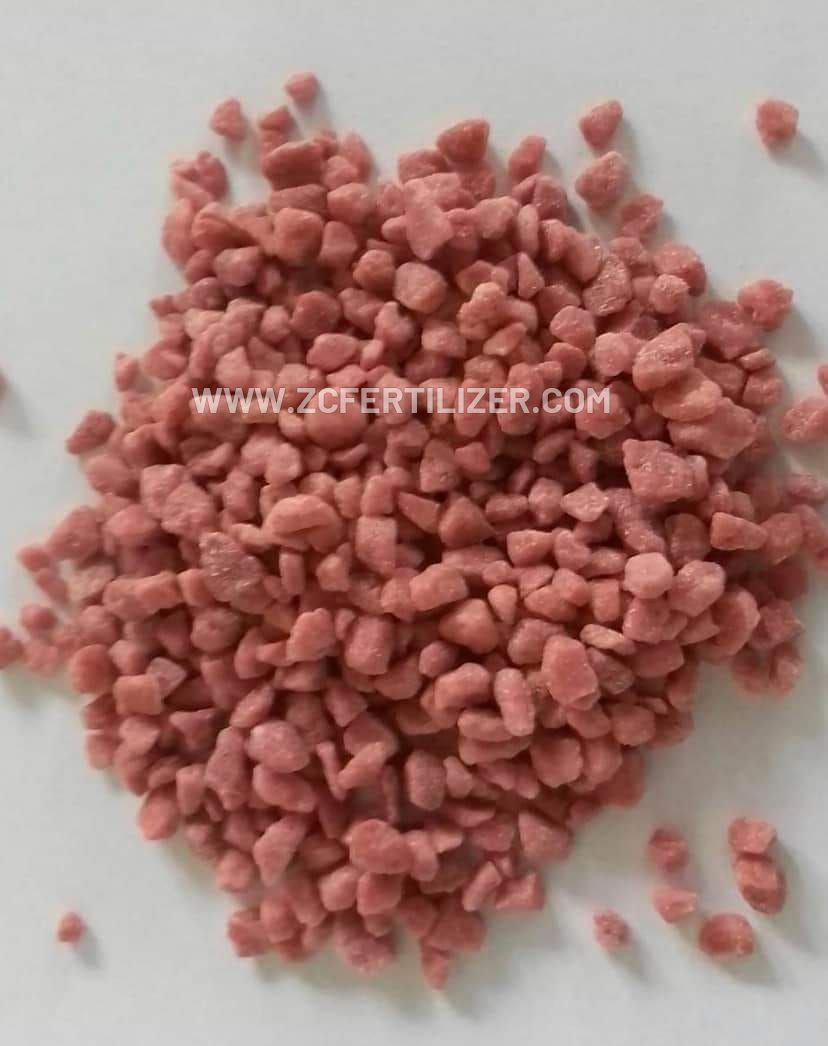
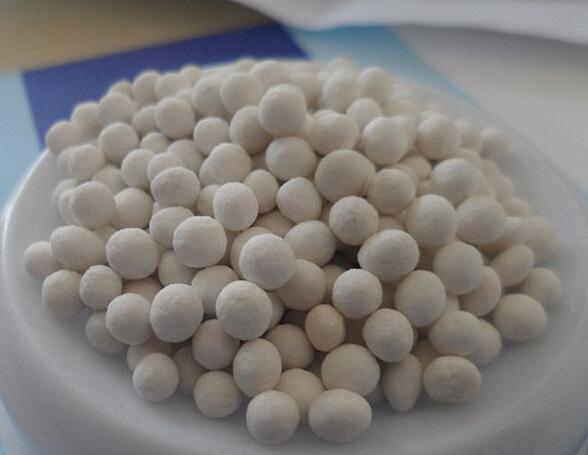
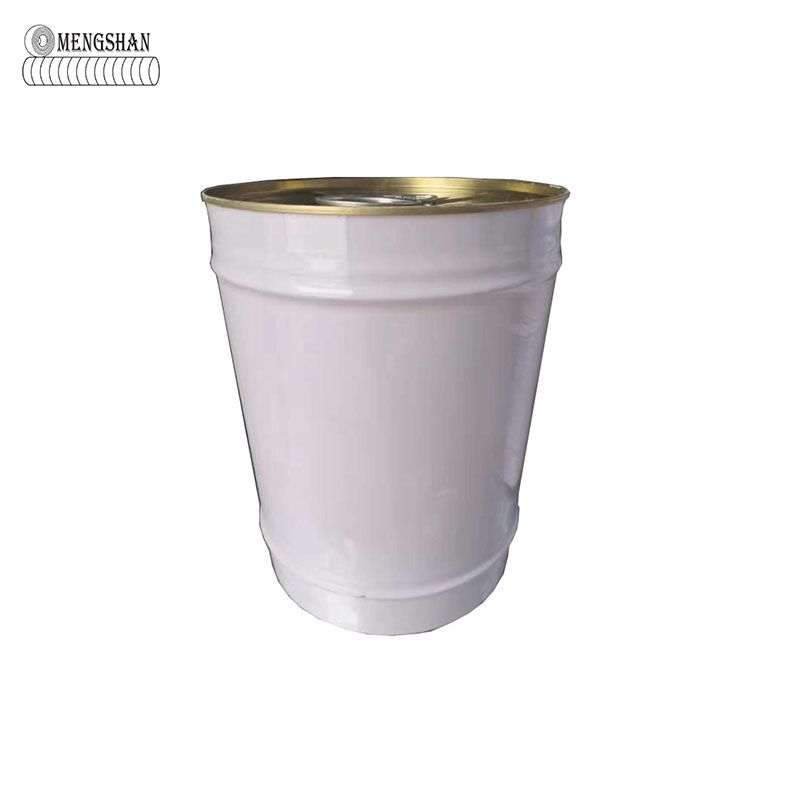
Comments
All Comments (0)